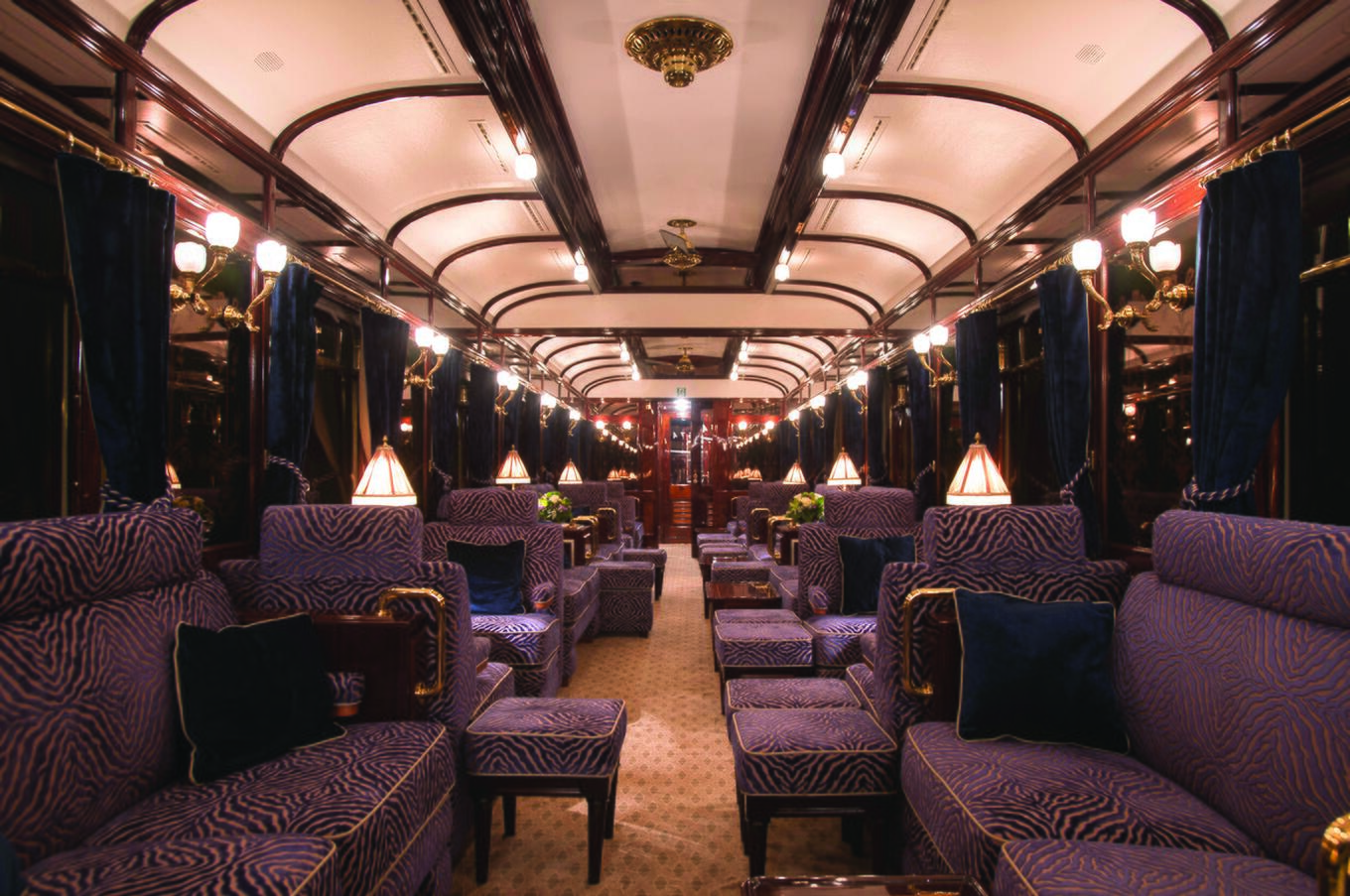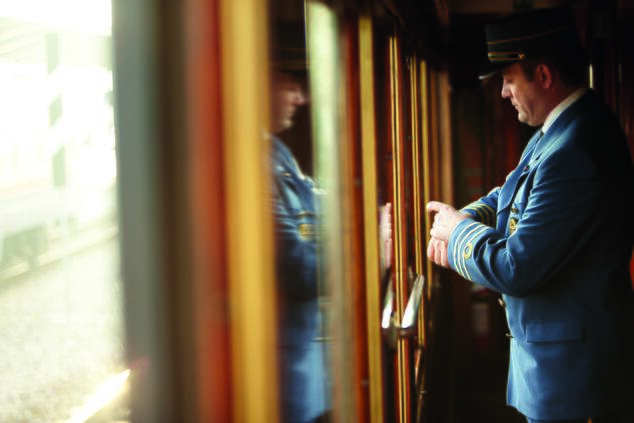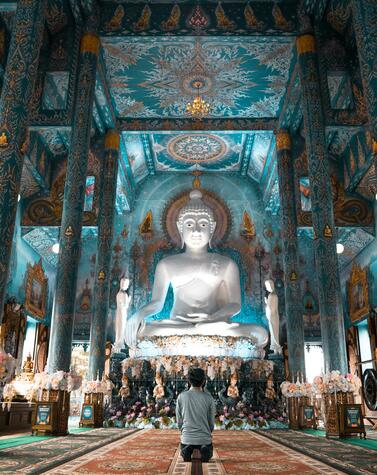Agatha Christie, a Lady Traveler Trapped on the Orient-Express
Can you imagine spending 24 hours locked in a train, which has been blocked due to a heavy storm, in the middle of nowhere in the 1920s, with no electricity, no cell phone, and no wi-fi? How would you feel? What would you do?
Albert Einstein said that in times of crisis, imagination is more important than knowledge. Agatha Christie's experience on the Orient-Express, which served as inspiration for one of her most famous novels, "Murder on the Orient-Express", published in England in 1934, speaks to us about these moments and the ability to overcome them and transform them into something positive.
On one occasion, Agatha Christie was traveling alone on the Orient Express and the train was stopped for 24 hours because of a heavy storm. During that day and that sleepless night, some passengers explained to the British writer that this was not the first time this had happened and that the train had been immobilized for days because of the snow on its way to Istanbul.
Christie took advantage of this forced stop to write a letter to her second husband, the archaeologist Max Mallowan, describing the delay, as well as the art deco design and interior design of the train in great detail ... aspects that would later be used in the writing of her famous novel starring detective Hercule Poirot. In fact, in the novel, most of the plot takes place during the second night aboard the train, when it is stopped due to a snowstorm near Vinkovci, in present-day Croatia.

Inspired by this fact, which for many could have been a negative experience, Christie finished writing her murder mystery novel while staying in room 411 of the Pera Palace Hotel in Istanbul. This hotel opened its doors in 1895 in an Art Nouveau mansion precisely to accommodate luxury and comfort to the passengers of the Orient Express. At the time, it was the only hotel in the Turkish capital that had running water, electricity, and even an elevator.
This was not the first time Agatha Christie traveled on the Orient Express. The writer first traveled on the iconic train in 1928 bound for Syria during the most painful time of her life, after her first husband, Archie Christie, had abandoned her. For a woman to travel alone at that time was considered courageous and even reckless. On that trip, she met the archaeologist, Max Mallowan, who became her second husband. Together they traveled on the Orient Express for years to reach the excavation sites in the Middle East where he worked.


The Orient Express train was launched in 1883 with its iconic route linking Paris and Constantinople. The train quickly became the most glamorous symbol of the golden age of luxury travel for the wealthy classes of early 20th-century Europe.
Its last official trip was made in 1977 between Paris and Istanbul. That same year, Belmond's founder, James B. Sherwood, bought two of those vintage train cars at an auction in Monte Carlo. He continued to seek out antique train cars and the best craftsmen to restore them to their former glory.


After years of painstaking restoration, the iconic midnight blue carriages finally returned to the tracks in 1982, ready to once again travel and carry luxury guests on their incomparable, classic London-Paris-Venice route.
This traditional route is complemented by departures from Venice to Vienna, Prague, Budapest, Stockholm, and Copenhagen between March and October. The Orient Express also organizes a special annual departure to Istanbul, recreating all the romance and glamour of the original journey.















